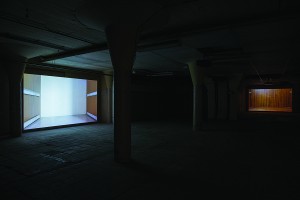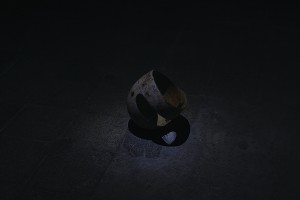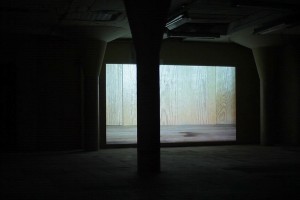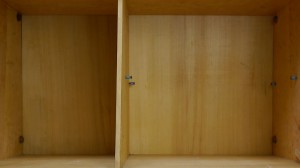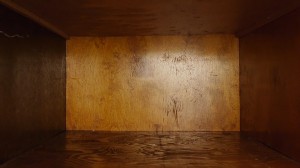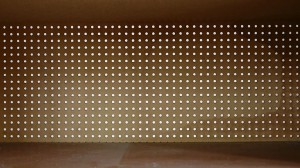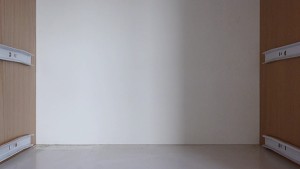Empty cabinet spaces, just like empty flats, always point to the transient state between the past and the coming, between the exit and the entrance, between the emptying and refilling– the emptiness is always something alien for them. The cabinets, just like interiors of houses, are supposed to be filled –with things, or with life. When we find ourselves in an empty interior, or we look into empty cupboards, cabinets and niches, we begin to notice and read all traces left behind. In the empty space everything is intensified, it gains on meaning and begins to speak. Traces are evidence of the emptiness, deficiency, passing, absence, as Gaston Bachelard put it: “What would be the point of all these images if there was no dual sense? They live at the point where the home and body blend into one”.
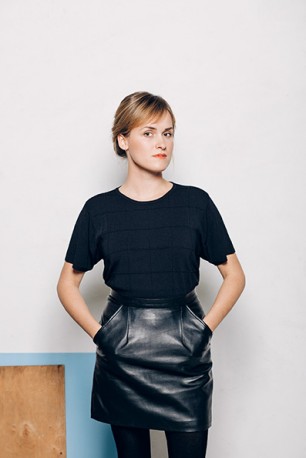
(born 1985)
Studies: first-cycle at the University of Arts in Poznań (photography, 2010-2013), second-cycle at the Faculty of Media Art of the Academy of Fine Arts in Warsaw (2013-2015). Works in photography, video, installation and actions in space. Finalist of The Young Art Biennial “Fish Eye” 7, 2013; 2014 Hestia Art Journey competition. Solo exhibitionIf this had not happened , Spectra Art Space, Warsaw, 2014. Participant of many group exhibitions. Award of the Minister of Culture and National Heritage for outstanding artistic achievement, 2015; honourable mention at the national exhibition The Esteemed Graduates of the Polish Academies of Fine Arts, Gdańsk, 2015.
